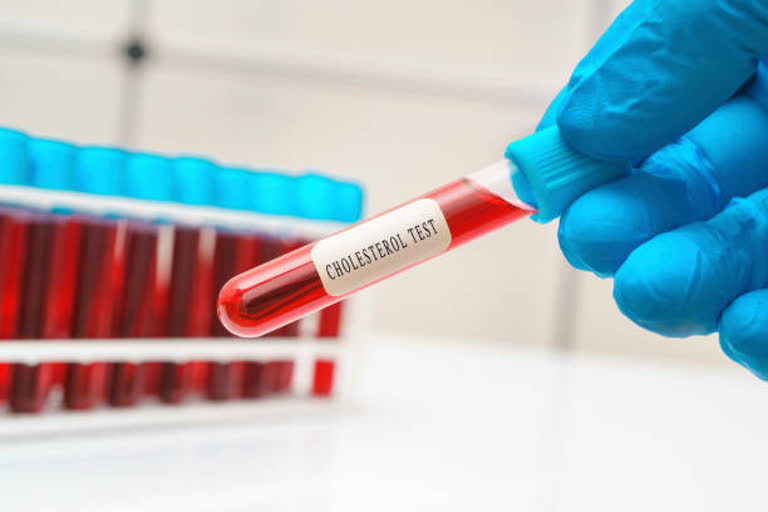Washington [US]: Researchers have developed new technology to monitor cholesterol in brain tissue which could uncover its relation to neurodegenerative disease and pave the way for the development of new treatments. The research, published in the Proceedings of the National Academy of Sciences of the USA, shows the major locations of cholesterol in the brain and what molecules it can be converted to.
The brain is a remarkably complex organ, with cholesterol and its metabolites underpinning the brain's function. Dysregulated cholesterol metabolism is linked to a number of neurodegenerative disorders including Alzheimer's, Parkinson's, Huntington's disease, multiple sclerosis and motor neurone disease. It is known that cholesterol is not evenly distributed across different brain regions; however, up until now there has been no technology available to map cholesterol metabolism in defined locations of the brain at microscopic levels, and to visualise how it changes in pathological niches in the brain.
Here, researchers describe an advanced mass spectrometry imaging platform to reveal spatial cholesterol metabolism in mouse brain at micrometre resolution from tissue slices. The researchers mapped not only cholesterol, but also biologically active metabolites arising from cholesterol turnover. For example, they found that 24S-hydroxycholesterol, the major cholesterol metabolite in the brain, is about ten times more abundant in striatum than in the cerebellum, two regions involved in different ways in voluntary movement and cognition.
Also read:1 in 5 patients recall near-death experiences after surviving cardiac arrest
